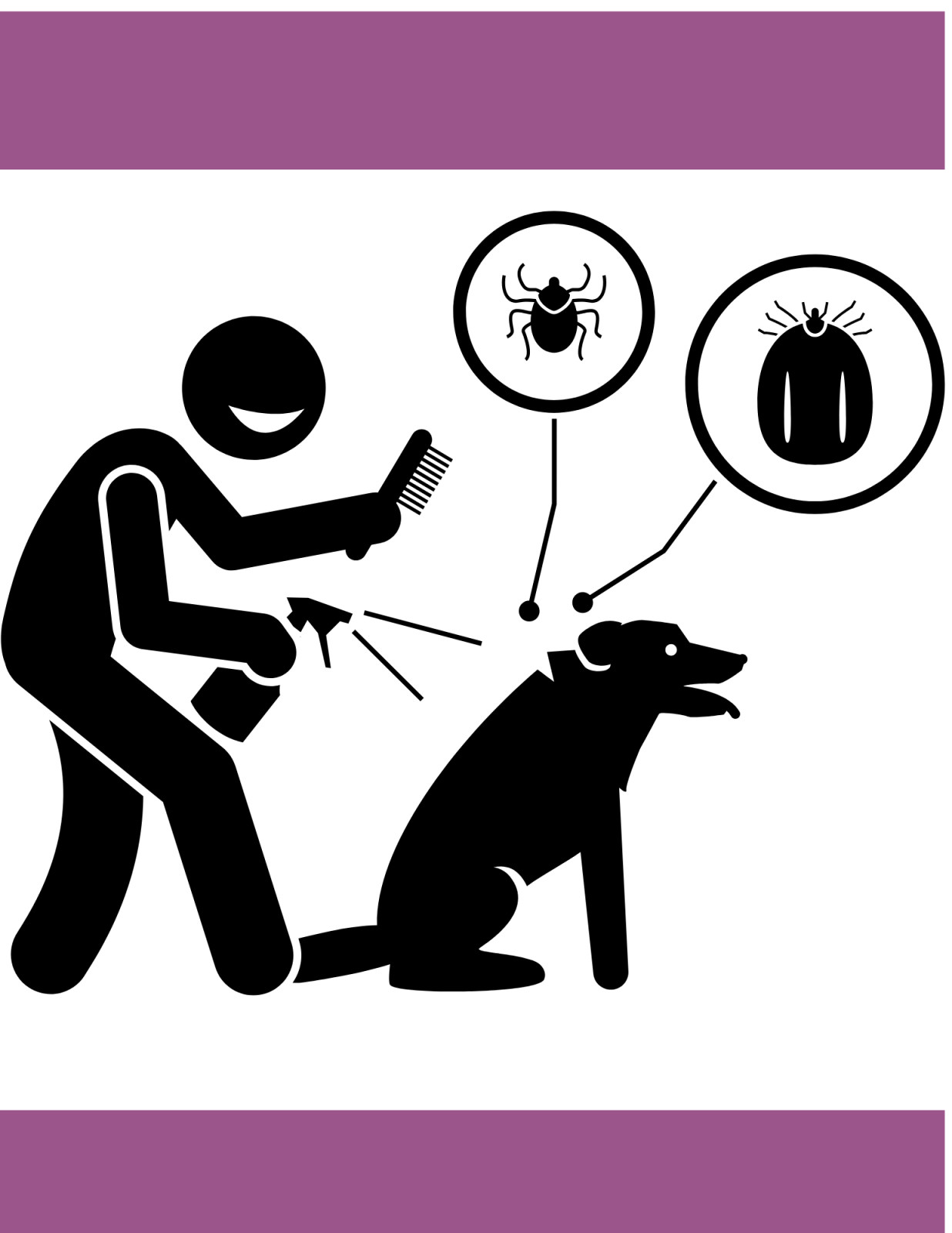
The Hidden Danger in the Grass
Tick season creeps in quietly—early spring through late fall brings warmer days and lush foliage, the perfect breeding ground for ticks especially Oak trees in Northern California. These small, parasitic arachnids latch onto unsuspecting hosts, feeding on blood and potentially transmitting life-altering pathogens.
For pets, ticks bring threats like Lyme disease, ehrlichiosis, and anaplasmosis. For humans, the risk multiplies—especially for families who spend time outdoors hiking, gardening, or simply playing in the yard.
Chemical spot-on treatments and collars promise protection but often raise new concerns—neurological reactions, skin irritation, and cumulative toxicity. Thankfully, essential oils offer a botanical, effective, and safe alternative when applied with knowledge and care.
Nature always provides a counterpart to its challenges. In the case of ticks, aromatic plant compounds present a natural defense system. Essential oils contain volatile organic compounds that disrupt an insect’s nervous system or olfactory senses—causing confusion, repellence, or death depending on the pest.
When diffused, diluted, or misted safely onto your pet’s coat, clothing, or bedding, these oils create a scent barrier ticks instinctively avoid. Unlike synthetic pesticides, essential oils support the body’s own immune and detoxification systems rather than burden them.
🧴 Featured Blend: Anti-Tick Spray with Young Living Oils
This recipe—formulated by a veterinary aromatherapist—blends therapeutic-grade essential oils known for their insect-repelling power, while maintaining safety for dogs and cats when used correctly.
Ingredients (For a 4 oz Spray):
- 10 drops Geranium (Pelargonium graveolens)
- 8 drops Cedarwood (Juniperus Virginiana)
- 6 drops Lavender (Lavandula angustifolia)
- 4 drops Frankincense or Palo Santo
- 2 oz Apple Cider Vinegar
- 2 oz Distilled Water
How to Use:
- Shake before each use.
- Mist along your pet’s back, legs, and collar.
- Spray your clothing, shoes, and gear before outdoor activities.
- For cats: apply to bedding or brushes. Avoid direct spraying unless professionally guided.
- Repeat daily.
🧪 Oil Breakdown: How Each One Helps
🌸 Geranium (Pelarganium graveolens)
Perhaps the most effective tick-repelling essential oil available, Geranium produces a fragrance that disrupts a tick’s ability to detect heat and movement. Studies show it rivals DEET in effectiveness—without the toxicity. Safe for both dogs and cats when diluted properly.
🌲 Cedarwood (Juniperus Virginiana)
Cedarwood oil targets an insect’s octopamine receptors—similar to how certain pesticides function, but from a botanical source. It causes ticks to become disoriented and die off without harming mammals. Also promotes relaxation and skin health.
💜 Lavender (Lavandula Angustifolia)
Lavender’s soft scent calms the nervous system and supports skin integrity. Ticks dislike its ester-rich profile, and it synergizes well with other oils. It soothes itchy or inflamed skin while offering gentle repellence.
🕊️ Frankincense (Boswellia carterii or sacra) or Palo Santo (BURSERA GRAVELENS)
These sacred oils offer immune modulation and grounding effects. Though not primary tick deterrents, they fortify the body’s overall resilience and create a rounded, earthy profile that balances the blend energetically and spiritually.
⚠️ Why Avoid Synthetic Tick Products?
While many pet owners reach for conventional tick treatments out of habit, few understand the long-term consequences of repetitive pesticide exposure. Popular spot-on treatments contain fipronil, permethrin, and imidacloprid—compounds linked to:
- Seizures and tremors in sensitive pets
- Liver and kidney stress
- Behavioral changes
- Hormonal disruption
Cats, in particular, face greater risk due to their limited liver detox pathways. Even “dog-safe” products may become fatal for feline housemates.
In contrast, therapeutic essential oils—sourced from high-integrity producers like Young Living—offer pet parents a way to repel pests without harming the pet and the parent.
🐕 Safe Use Tips from a Veterinary Aromatherapist
- Dilution first – Always dilute oils to 0.5–2% depending on species, age, and sensitivity.
- Observe behavior – Watch for avoidance behavior, excessive licking, or skin sensitivity.
- Support elimination – Healthy pets eliminate oils through liver and kidneys. Hydration, quality food, and regular exercise support this.
- Use pure oils – Only use therapeutic oils from Young Living. Avoid fragrance oils or oils with fillers; many cheaper oils contain synthetic chemicals. ASK me WHY Young Living and receive 10 percent on your first order.
- Adjust per animal – Not all pets need the same approach. Diffusing, bedding misting, or brushing in oils may serve better than spraying directly.
🌼 Natural Prevention, Whole Body Health
Ticks never come alone. They bring pathogens, stress, and inflammation. But your defense doesn’t need to be toxic to work. With the right essential oils, knowledge, and observation, you can create a shield that protects without compromising health.
Natural tick prevention with essential oils isn’t just about avoiding bites. It’s about choosing wellness over reactivity, chemistry over fear, and stewardship over convenience.
📌 Ready to Make Your Own?
Grab your Young Living oils, a glass spray bottle, and a few minutes. Your pets—and your family—will thank you all season long.
Looking for a done-for-you printable recipe card CLICK HERE or help building a full seasonal wellness kit CLICK HERE?
🔖 Final Thoughts
Nature always equips us to face what it brings. This tick season, choose a wiser way. With Geranium, Cedarwood, Lavender, and Frankincense in hand, you carry not just a repellent—but a statement: We protect life naturally.
Book a complimentary
30-minute Emotional Freedom for Pet Parents HERE
OR
Start your Pet's Wellness Journey and Receive your Furry Friend Health Tracker HERE
#NATURALPETCARE #TICKSEASON #ESSENTIALOILSPRAY #HOLISTICVET #AROMATHERAPYFORPETS #YOUNGLIVINGVET #GOTICKS #GERANIUMPOWER #CEDARWOODREPELLENT #PETWELLNESS























